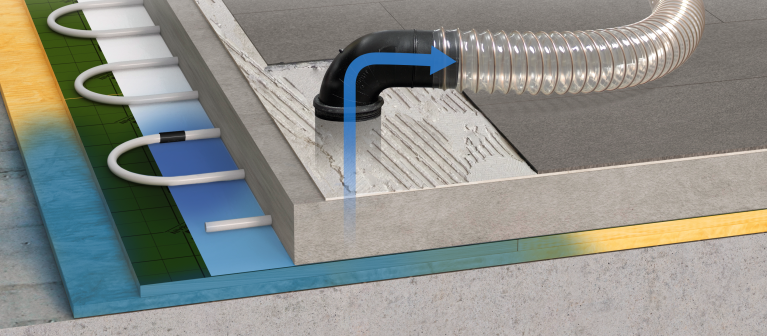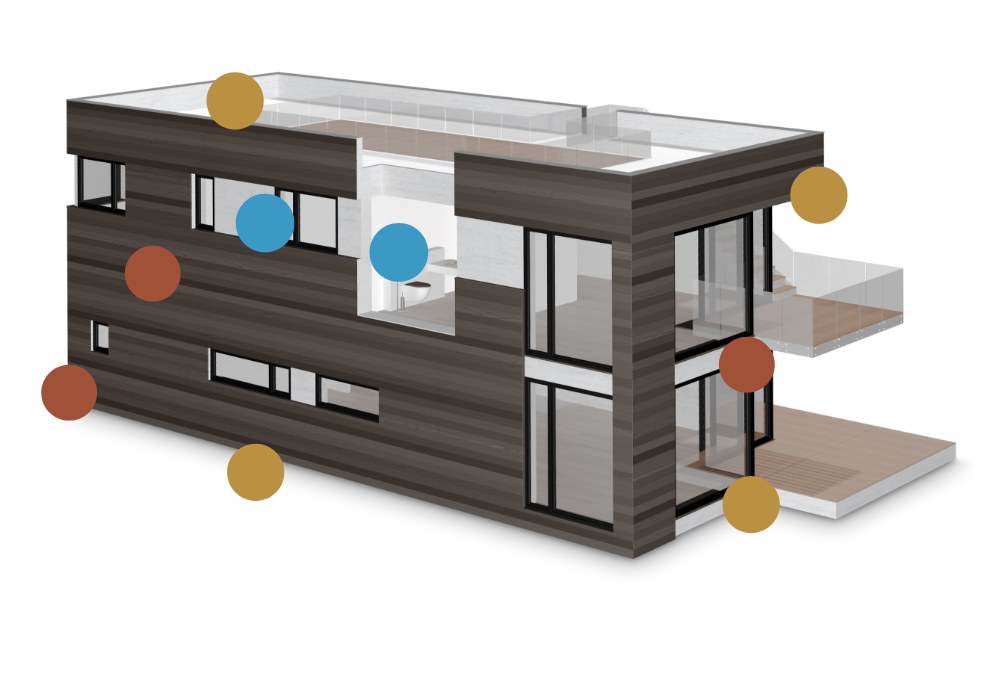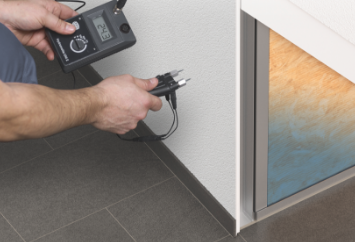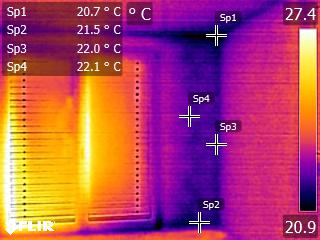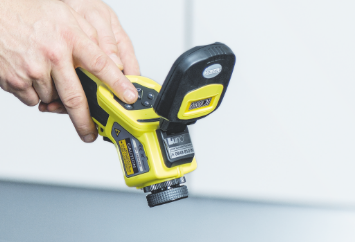Latest technologies and devices now make it possible to precisely measure the moisture in the structure or room air. This makes it possible to determine where the moisture is coming from without interfering with the building fabric. Our experienced experts will find the leak, indicate the best course of action for remediation and repair the damage if required. Quick and uncomplicated.
Technical information, instructions and details on all products, components, devices and systems can be found in the DOWNLOAD section.
